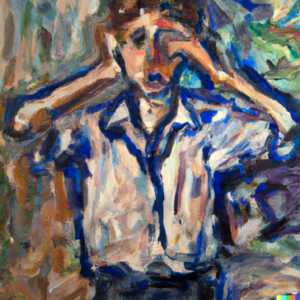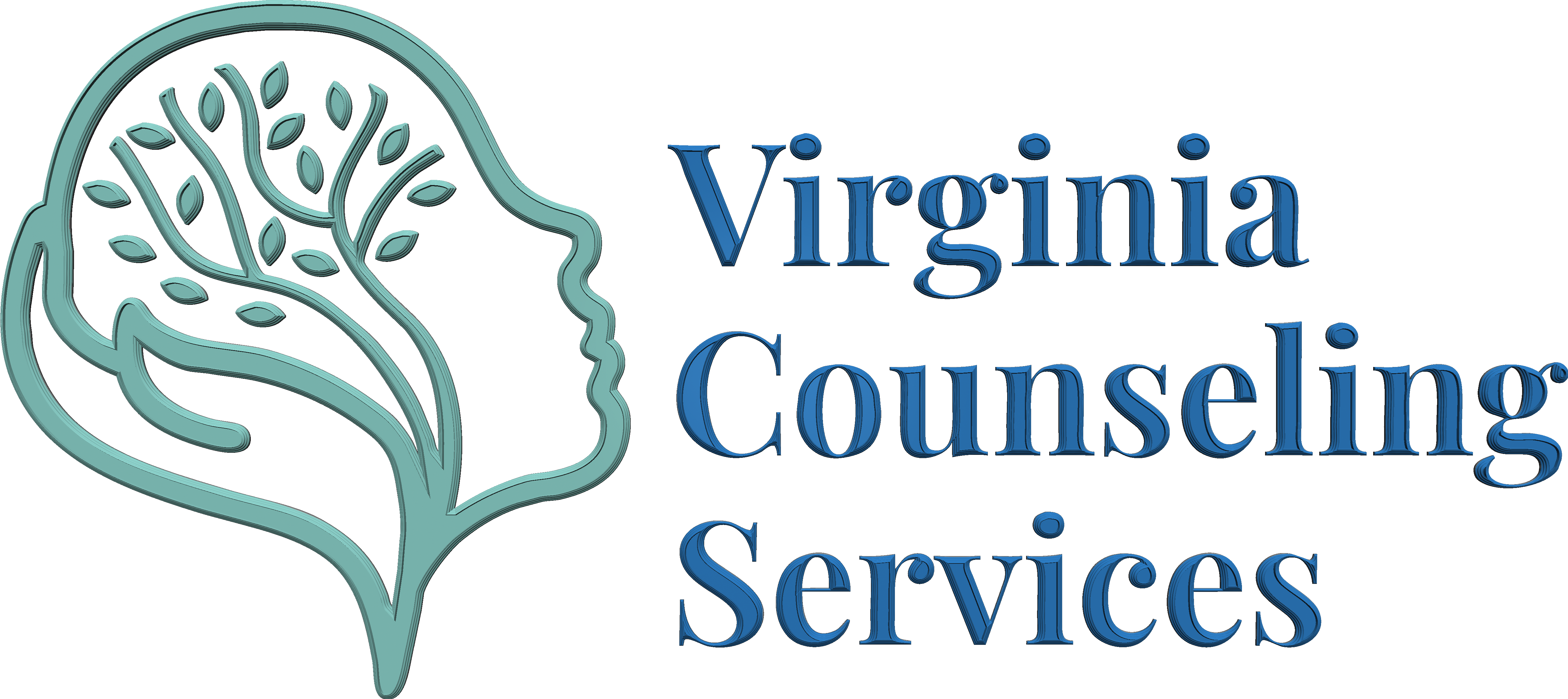
Anxiety is a normal feeling. We usually think of it as an “issue”, but actually it is a necessary emotion.
Think about it – what gets you studying for a big test? Or prepping for a meeting? Anxiety. It’s the nervousness of failing, getting embarrassed, etc. that motivates us with anxiety.
I also describe it as a survival mechanism. Anxiety is what triggers us to panic when there’s a fire and act fast. Without it, we would sit around staring at the fire around us, contemplating why it’s there, who started it, what is the purpose of fire…. And then get hurt.
This natural preparatory and survival mechanism can get… extreme. This is when we start discussing it as a problem. When anxiety starts interrupting daily life, it’s not doing it’s appropriate job. That’s when it becomes a clinical issue as an Anxiety Disorder.
There are many different varieties of Anxiety Disorders. It’s important to be able to understand the slight differences between them all. Here are the most common types:
Generalized Anxiety Disorder (GAD): GAD is characterized by chronic and excessive worry about a variety of topics, events, or activities. There is no one specific cause or focus of the anxiety. It’s usually multiple things. Think of the word “generalized” in the name. People often find it difficult to control their worry and may experience other symptoms like restlessness, fatigue, difficulty concentrating, irritability, muscle tension, and sleep disturbances.
Panic Disorder: Panic Disorder involves recurrent, unexpected panic attacks. Panic attacks are are sudden periods of intense, INTENSE fear. During the panic attack, people experience heart palpitations, pounding heart; sweating; trembling or shaking; sensations of shortness of breath or smothering; and feelings of impending doom. Many people who claim they are having a “panic attack” usually are experiencing an anxiety attack. The difference between a panic attack and an anxiety attack is the intensity of it. A panic attack is so severe, people often go to the emergency room claiming they’re having a heart attack. After many exams and check-ups, doctors usually find nothing physiologically wrong. Another frequent characteristic of panic attacks is that there is a certain amount of anxiety focusing on the fear of having another panic attack.
Social Anxiety Disorder (SAD): SAD is more known by its other name, Social Phobia. With SAD, the heightened levels of anxiety relate to social situations. Strangers, public places, new situations all are situations that being embarrassment and humiliation. People often avoid the social situations altogether or “push through” under intense fear or anxiety.
Specific Phobias: Specific phobias focus on a specific object or situation (ex: flying, heights, animals, needles, public speaking, seeing blood). It’s important to note that many of these instances are normal for everyone to have some anxiety about. A phobia is different in that the level of fear or anxiety is extremely out of proportion to the actual danger posed by the specific phobia. For example, millions of people are afraid of spiders. On the other hand, people with Arachnophobia (phobia of spiders) may have panic attacks when the spiders aren’t physically in their presence. Seeing them on tv or a video game is enough to create the intense fear.
Agoraphobia: Agoraphobia involves extreme anxiety about two or more of the following situations: using public transportation, being in open spaces, being in enclosed places, standing in line or being in a crowd…typically being outside of the home alone. In many cases after suffering through repeated panic attacks when outside of the home, people tend to go out into public less and less. Everywhere or situations outside of the home become unbearable, so people retreat into the safety of their home.
Separation Anxiety Disorder: I know what you’re thinking, but yes: adults can also be diagnosed with Separation Anxiety. It’s characterized by excessive fear or anxiety pertaining to separation from loved ones or anyone whom the individual is attached to. Imagine the reactions we envision children with separation anxiety having, but as an adult.
It’s important to the slight differences in intensities and focus separating each of these common anxiety disorders. Although many of us can relate to some of these, it is important to realize that these are ongoing, chronic, and disrupt daily life more often than not. If this sounds like you or someone you know, it’s crucial to seek help from a mental health professional. Anxiety disorders are treatable and, with the right therapist, many individuals experience significant improvement.
Contact us today to see what we can help with!
